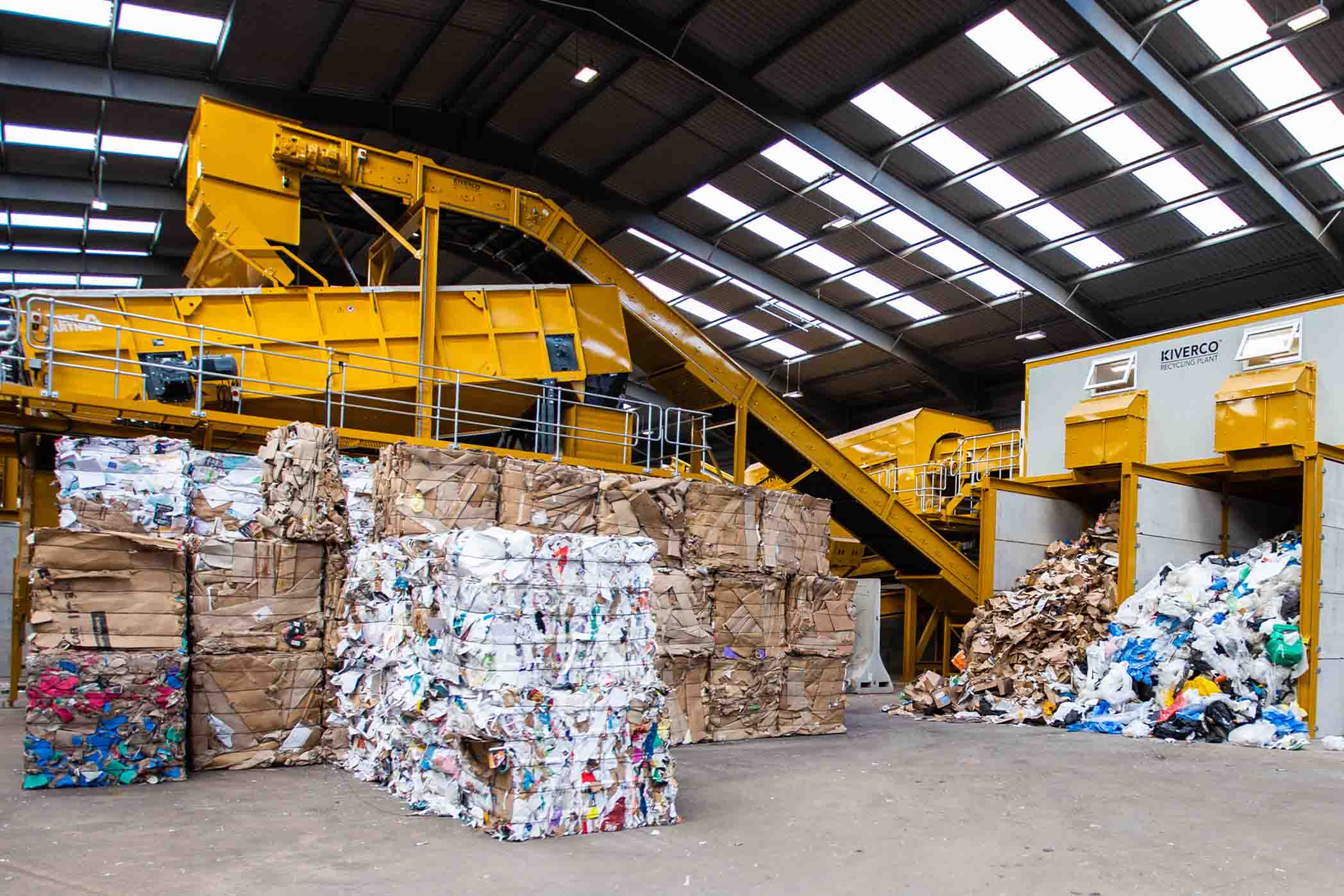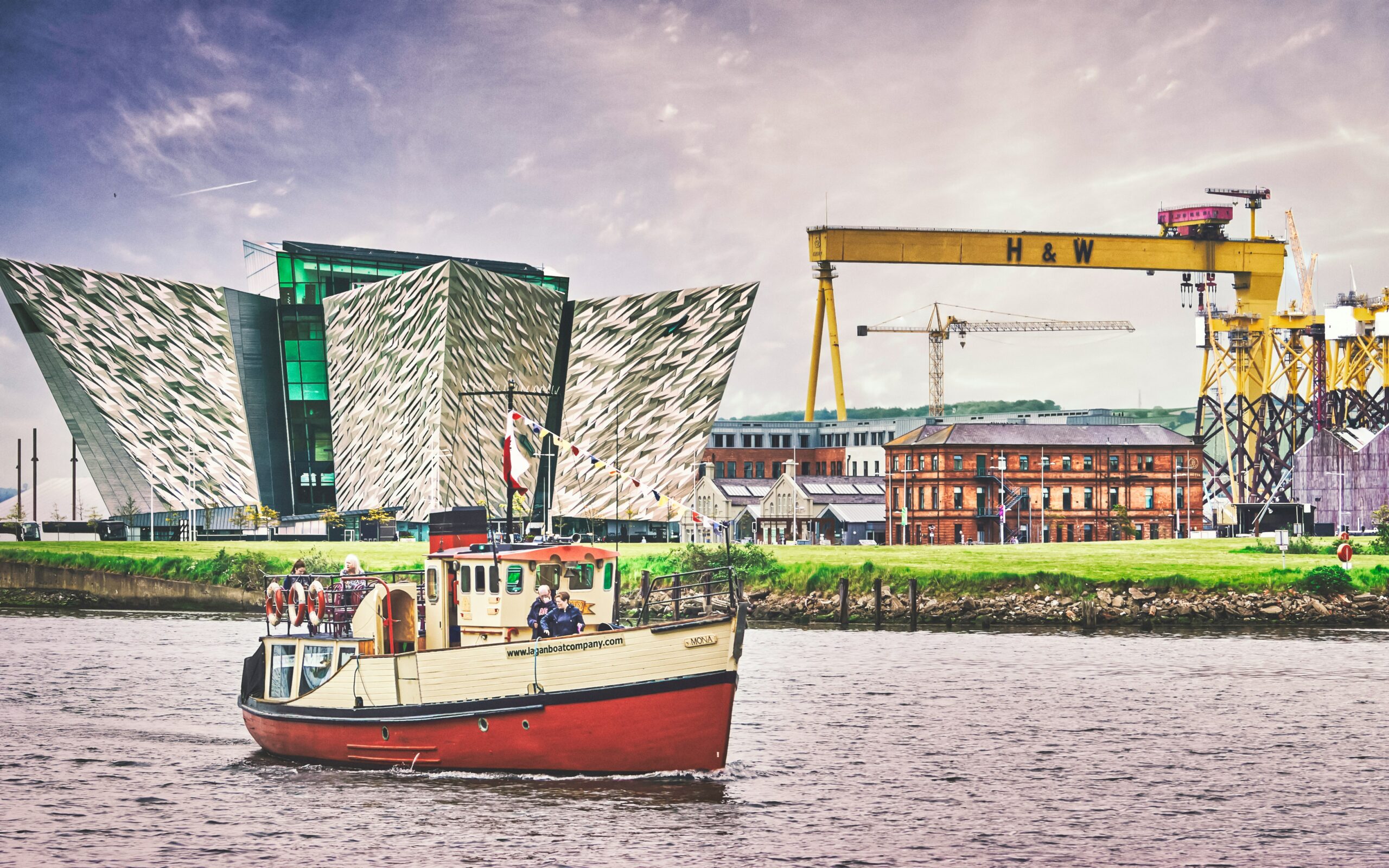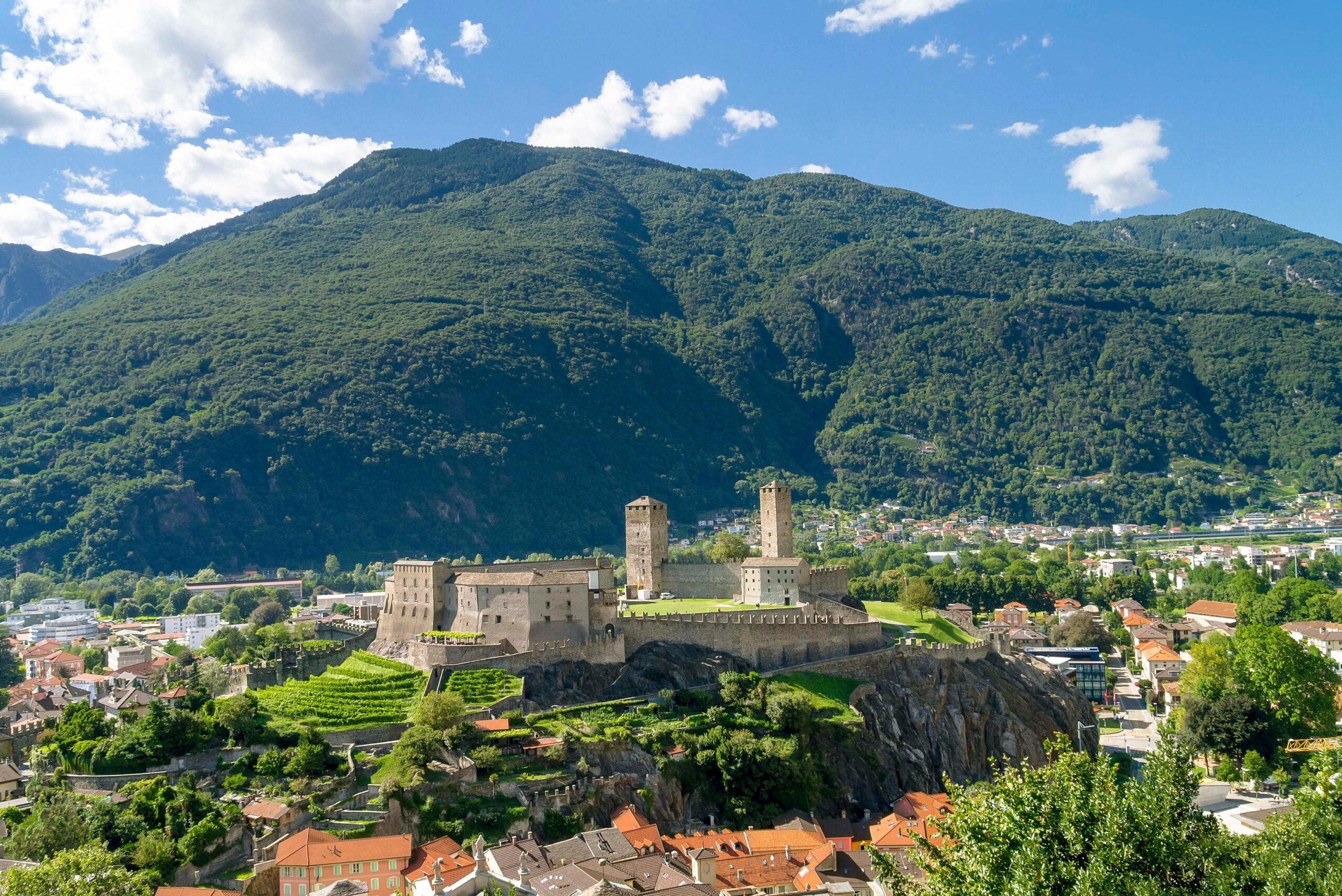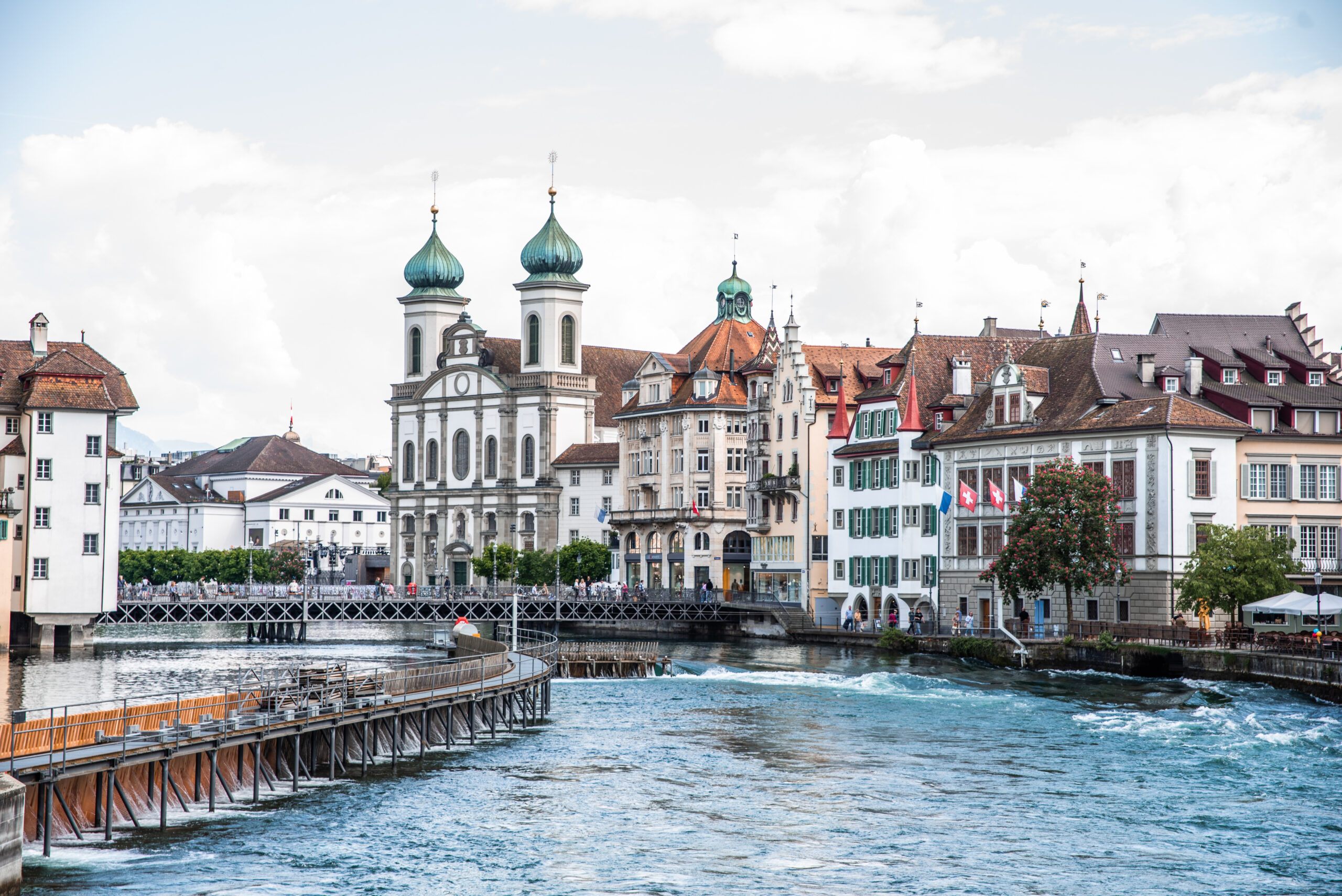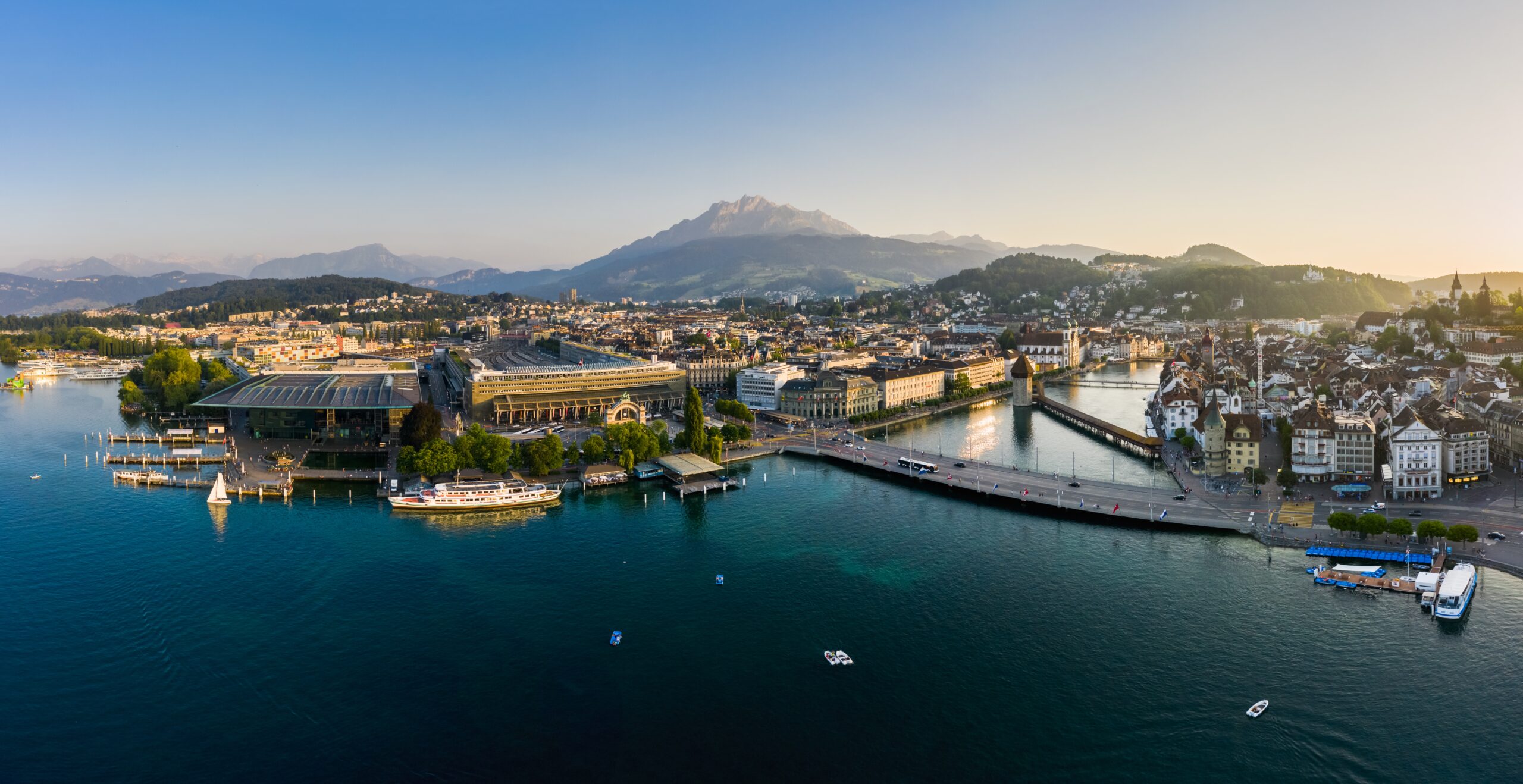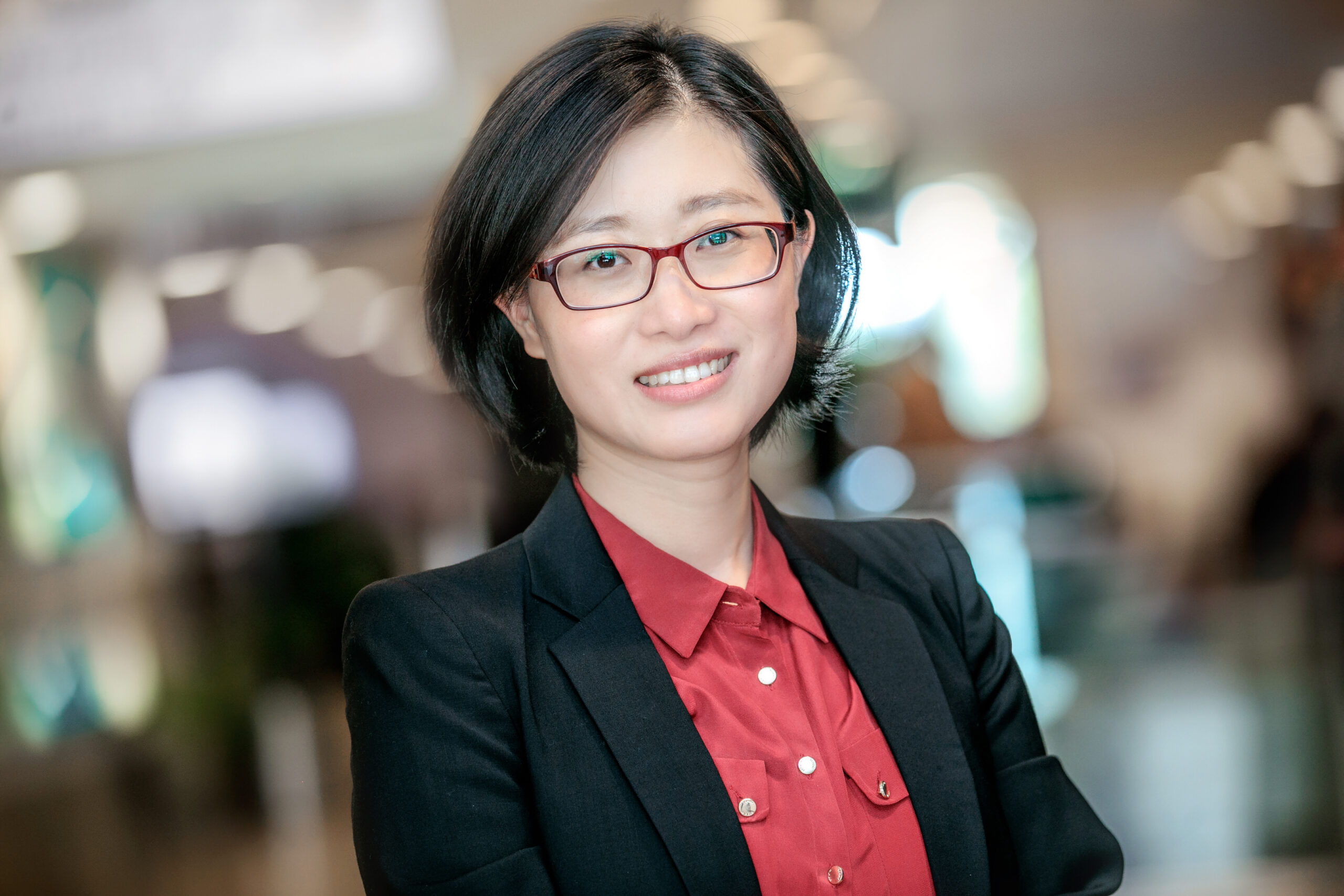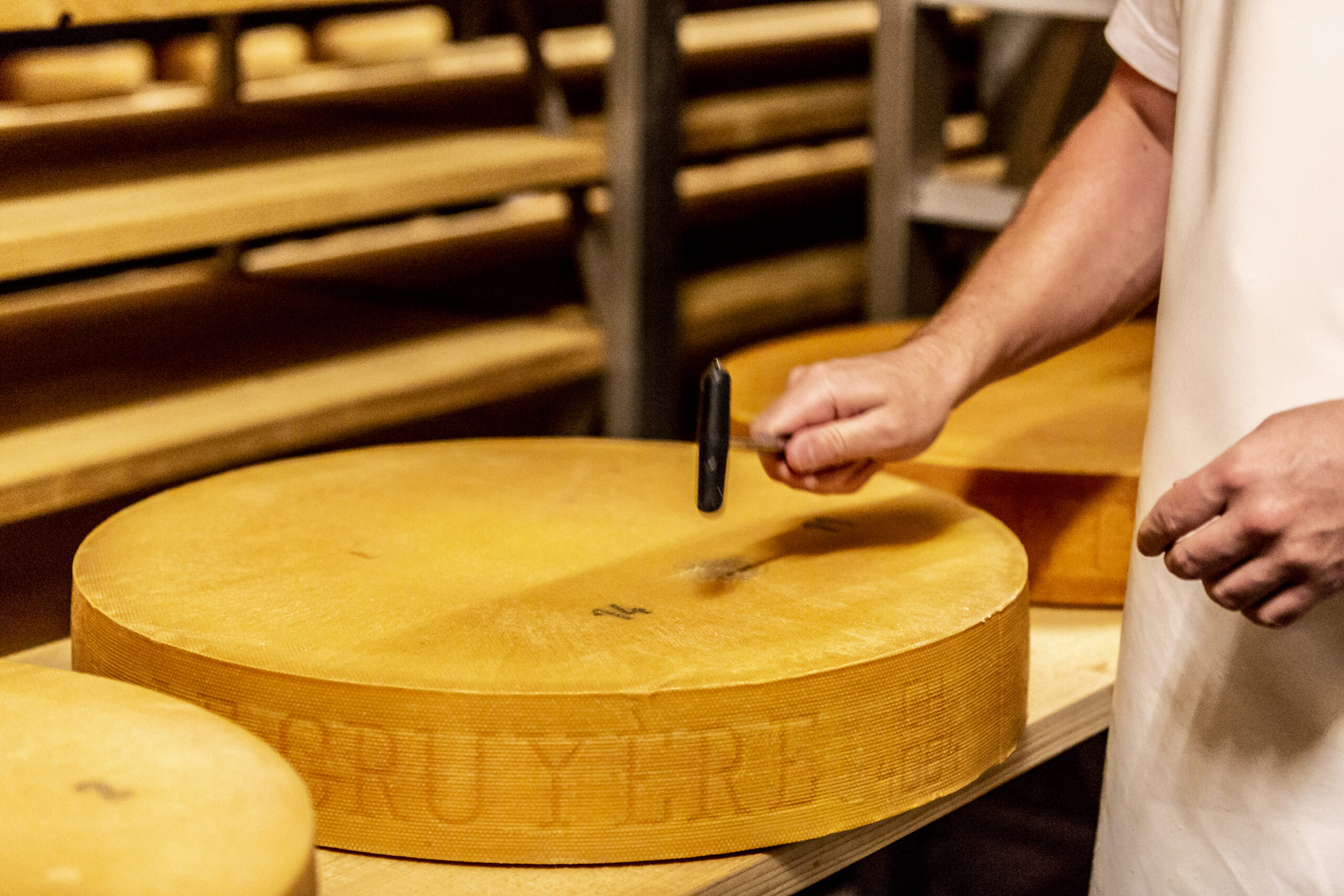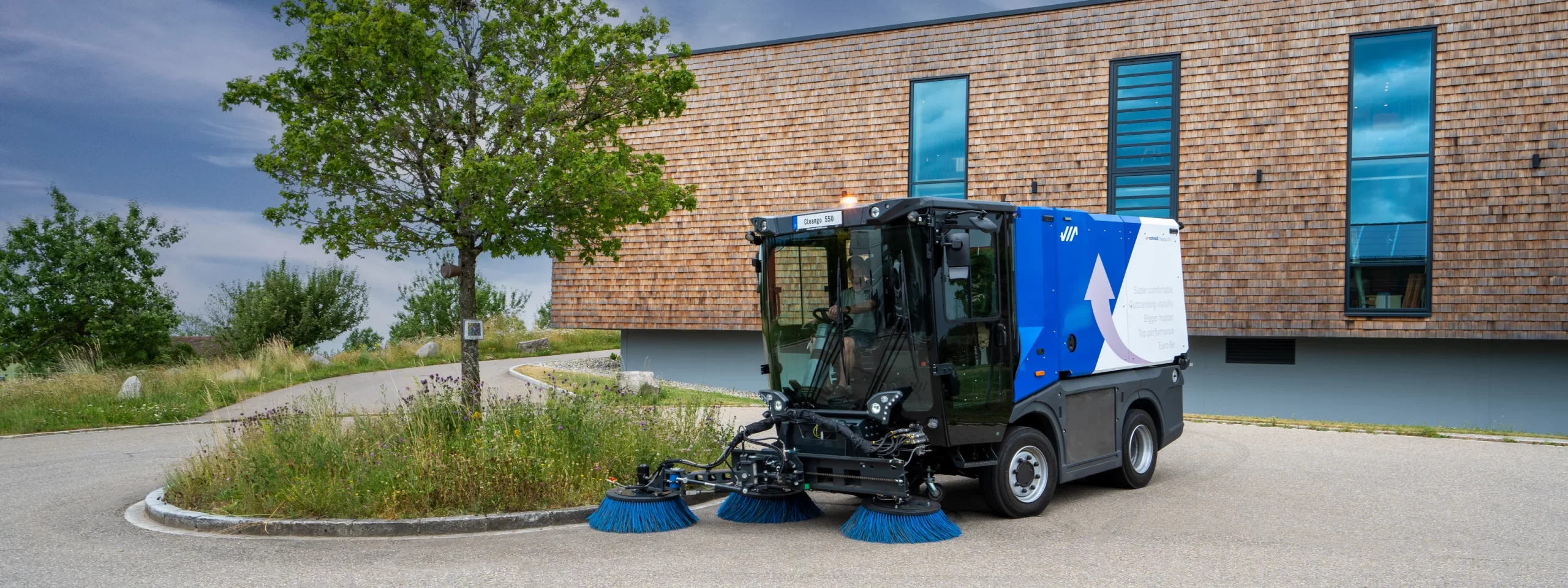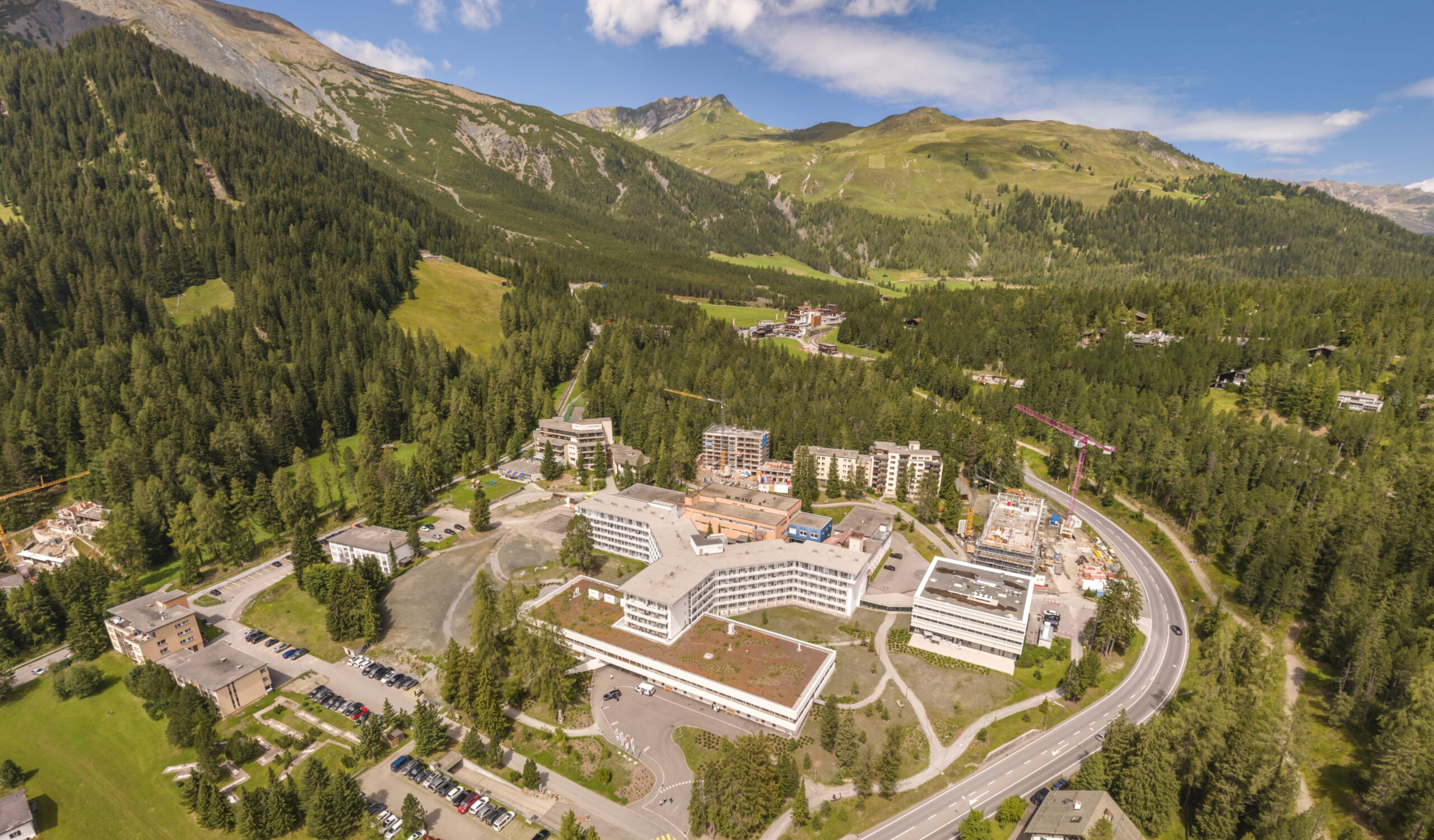Latvia has enjoyed one of the fastest growths in the tourism sector in the EU. During the last five years alone, the number of tourists visiting Latvia has increased by 50%. In 2016, Latvia recorded 2.3 million people in its tourist accommodation establishments. The statistics of Latvia’s Central Statistical Bureau (CSB) showed 1.3 million people were hosted in 2010.
As Latvia’s tourism industry continues to grow at around 10% annually so does the sector’s direct contribution to the Latvian economy which currently accounts for nearly 4% of the GDP. The sector is also one of the most notable benefactors of the labor market – 8% of all jobs are related to the tourism industry spread across the transport sector, hotel and restaurant industry, as well as recreational and cultural activities.
The tourism sector is vital to the Latvian economy, and the expansion of Riga International Airport combined with an increase in the availability of low-cost flights to European countries has helped to boost tourist arrivals. Almost half of all foreign tourists are from Russia, Germany, Lithuania, and Estonia.
The Latvian government has prioritized the promotion of four niche tourism sectors; Medical tourism including SPA treatments, meetings, incentive, conferences, and exhibitions (MICE), nature tourism and cultural tourism.
Riga International Airport, the largest and busiest airport in the Baltic states, has recently undergone a major upgrade with the passenger terminal expansion project and, together with the Rail Baltica which will link Finland to Poland via the Baltic States are projected to affect tourism arrivals positively. A key challenge will be to reduce the seasonal imbalance in tourism flows and encourage travelers to stay longer.
Latvian Song and Dance Festival: One of the largest choral events in the world, the weeklong Latvian Song and Dance Festival, is held every five years. The event is the peak of Latvian cultural life and classified by UNESCO under its Oral History and Non-material Cultural Heritage list as a masterpiece of Oral and Intangible Heritage for Humanity. The next Latvian Song and Dance Festival will be held in the summer of 2018 contributing to Latvia’s centenary of independence.
Summer solstice: Summer Solstice is the most popular Latvian festivity and is often referred to as “Jāņi.” The ancient festival commemorates the longest day of the year, and most Latvians celebrate the holiday with dancing, singing, eating and drinking. Jumping over bonfires is a common practice on the midsummer night.
Winter solstice: The integration of pagan rituals into Christianity led to the decoration of firs on winter solstice which coincides with Christmas. Riga is considered the birthplace of the first Christmas tree which was decorated as early as 1510.
Architecture: Eight centuries of architectural styles are present within Latvia and its regions.
The historical center of the capital is well preserved and is a UNESCO World Heritage site. Amongst the many architectural styles present in Latvia, Romanesque and Gothic cathedrals represent some of the best tourism highlights in central Riga.
Riga has many Art Nouveau buildings and is referred to as the Paris of the North. Art-Noveau represents pre-war prosperity at the beginning of the 20th century. Wealthy industrialists built ornate facades on Alberta Street, which remains one of Riga’s affluent central neighborhoods and a must visit tourist attraction.
Several galleries, shops, and cafes redeveloped the previously obsolete red brick factory district of Spiķeri. The re-development was the venue for the European Capital of Culture 2014.
The highlight of Latvian state-of-the-art architecture today is the National Library of Latvia building designed by Latvian-American architect Gunars Birkerts.
Latvia’s regions are also home to vibrant historic architecture. The 16th century town of Kuldiga in the West of Latvia is well preserved. National landmarks of the 18th century heavily feature baroque style. The Palaces of Rundale and Jelgava are reminiscent of the Duchy of Kurland. Soviet box-type modernism is clearly visible throughout many Latvian cities with most urban populations still residing in such buildings.
A modernization of historic architecture is ongoing with landmark buildings increasingly being upgraded. An example in the eastern-most city of Daugavpils is its neo-classical Mark Rothko Centre.

